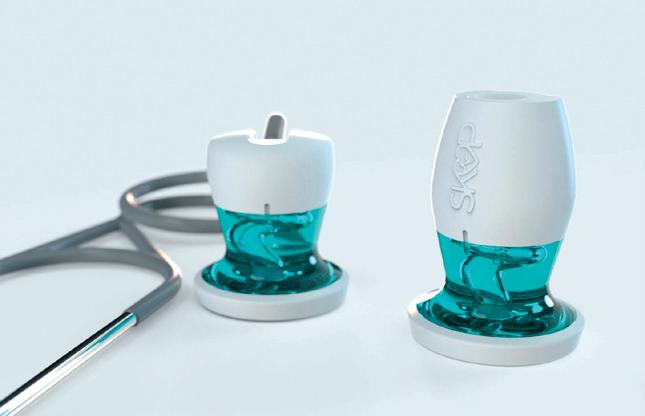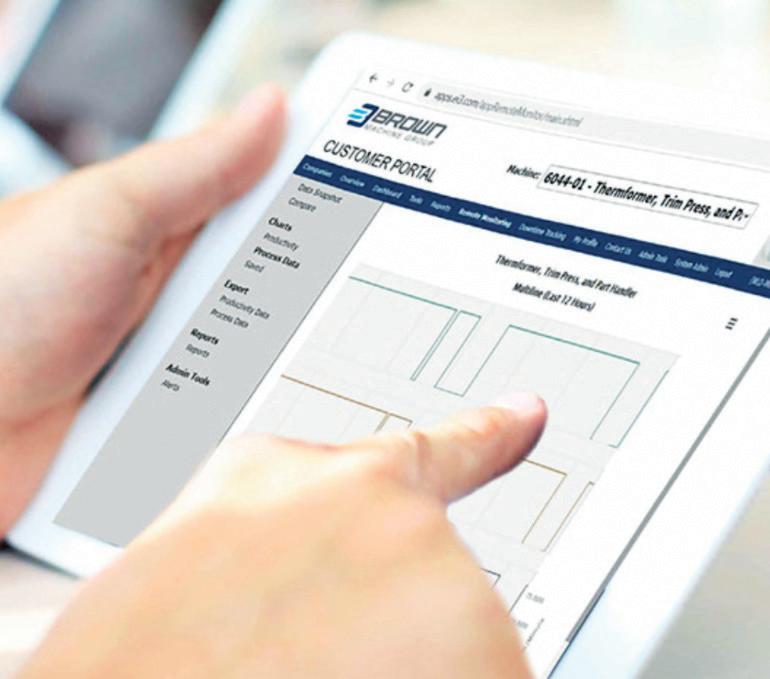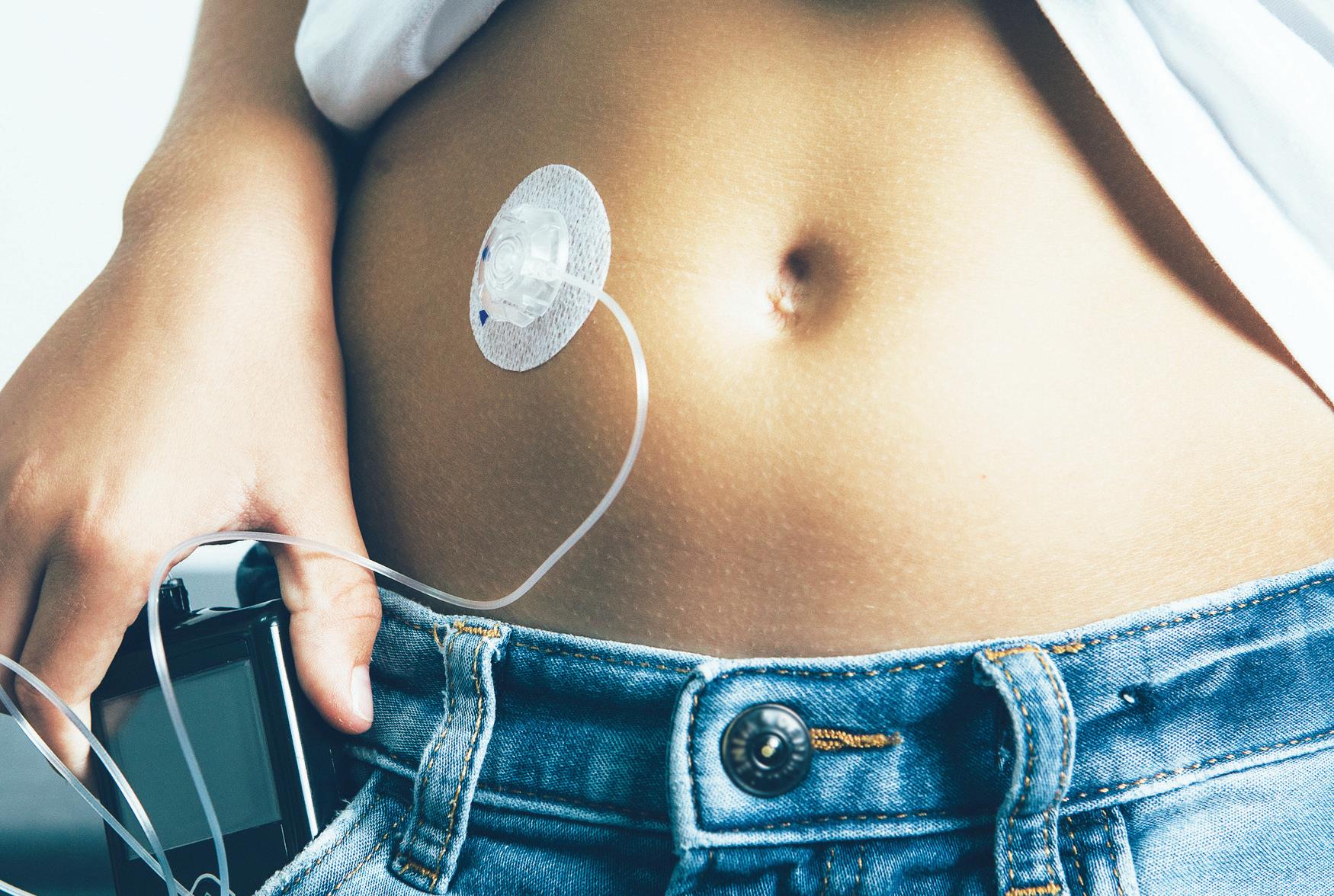ADHESIVES
ROSE ROBERTS, SENIOR CUSTOM APPLICATIONS & MATERIALS ENGINEER, AND MATTHEW NICHOLS, MATERIALS & APPLICATIONS ENGINEER OF BTG LABS EXPLAIN HOW CONTROLLING SURFACE CLEANLINESS CAN SAFEGUARD THE FUTURE OF MEDICAL DIAGNOSTIC TESTING.
SURFACE CONTROL
C
OVID-19 has highlighted how infectious diseases can spread at alarming rates and paralyze entire societies. Diagnostic testing is one of many effective tools that can be used to help prevent disease proliferation. Diagnostic tests depend on reliable medical devices that produce consistent results for each test. CONTROLLING MEDICAL DEVICE PRODUCTION PROCESSES Manufacturing process control is especially critical when producing medical devices. Incorporating surface quality specifications for materials used in medical device design enables manufacturers to make products that perform consistently in the field and provide reliable test results.
which are used to test for COVID-19, are one type of LFA. ELISA tests depend on capillary flow between two closely spaced surfaces. Reliable capillary flow requires surfaces that are reproducibly clean on a molecular level. Even a monomolecular layer of a contaminant can impede this capillary flow and cause device failure. CAPILLARY FLOW AND VACUUM DEPOSITED COATINGS Hydrophilic coatings facilitate successful capillary flow. A common method of applying these coatings to diagnostic plates is through vacuum deposition processes. Physical vapor deposition (PVD) and chemical vapor deposition (CVD) are two of the vacuum deposition methods used to apply these molecularly thin coatings on surfaces. Consistently applied coatings drive consistent wetting behaviors and, therefore, achieve reliable testing results. MICROPLATE WELL DENSITY A single 3.25” x 4.5” microplate may contain more than 1500 wells. Individual wells can have diameters of 3 mm and depths of 10 mm. These wells are frequently coated in batch vacuum processes. The miniscule cell size and submicron coating thickness makes testing the uniformity of these coatings extremely challenging.
Polymeric testing devices such as diagnostic slides or microplates are handled, cut, cleaned, and coated during their assembly. Each of these steps has the potential to affect the caliber of products; quantitative control of these steps during the manufacturing process ensures the quality and reliability of these devices.
Accurate and rapid validation of medical device surface properties has been made possible through new and innovative technology
CONSISTENT SURFACE QUALITY IS KEY FOR RELIABLE DIAGNOSTIC TEST RESULTS Effective diagnostic testing methodologies are predicated on consistent, predictable behavior of body fluids as they interact with the surface of a device. This frequently requires cleaning, surface treatment, and perhaps coating. These surfaces need to be prepared to a consistent level of chemical cleanliness and composition. Lateral flow assays (LFAs) are an example of products that need consistent, predictable wetting properties. Enzyme-linked immunosorbent assays (ELISAs),
6
WWW.MEDICALPLASTICSNEWS.COM









